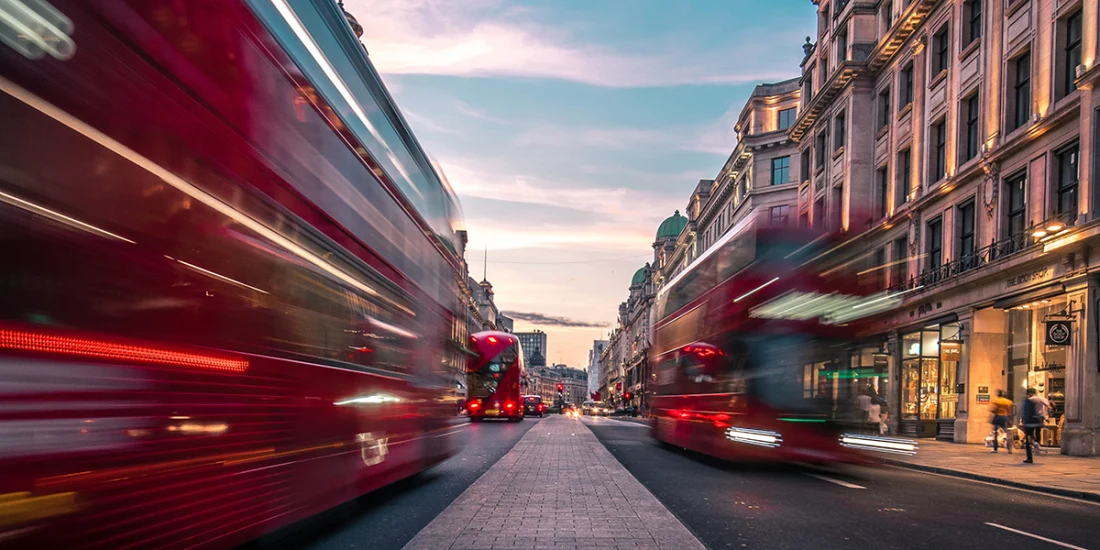A guide to West End theatregoing for tourists
Attending a play or musical is a must-do activity in London. There's plenty of West End and Off-West End theatres where you can see a show. But non-Brits who are used to attending shows in their home countries might be in for a bit of a shock when they become theatre patrons in the West End. Here is some historical context behind five major differences.
West End theatres vary in size
Though some West End theatres are quite large (for example, the Apollo Victoria Theatre seats more than 2,300 people, nearly 400 more than Broadway’s biggest, the Gershwin), a lot of them are tiny and accommodate fewer than 1,000 audience members.
That’s because many were built in the 1700s and 1800s; in comparison, most of Broadway’s current houses didn’t start going up until the 1920s and 1930s, and several were extensively renovated.
If you think Broadway theatres have cramped leg space or small restrooms, then London — where it’s quite normal to queue for a single toilet — will be quite a shock.
Different seating areas have separate entrances
Sitting in the stalls typically means entering through the theatre’s main doors. But if you’re in the dress circle or royal circle, higher up in the grand/upper circle, at the very top in the gallery or balcony, or in a side box, then outside you’ll find separate doors dictating where to enter.
West End lobbies were not designed as grand gathering spots, funneling out to all seating areas. Space is, unsurprisingly, tight on these staircases, and you won’t often find an elevator in the building.
You pay for programmes
Every Broadway visitor is handed a playbill as they enter, and you can certainly take one (or several) with you as a souvenir after the final bow. But in the West End, you’ll pay a few pounds to read the actors’ bios, see the song list, and browse articles about your current show and others.
There's a safety curtain
When the lights come up for the interval to mark the end of the first act, the fire curtain comes down. This iron curtain, which is sometimes elaborately painted, is a holdover from when theatres were at severe risk of catching fire from candles, gas jets, and unpredictable early electricity.
Even with today’s modern technology, the fragile buildings are still legally required to lower and raise the curtain during every performance to prove that it’s working.
Eat and drink with dignity
In London, you are encouraged to consume your refreshments in style. Drinks are often poured into open-topped plastic cups or wine glasses, and a favourite interval indulgence is the individual tubs of ice cream that vendors can buy in the auditorium.
Originally published on
